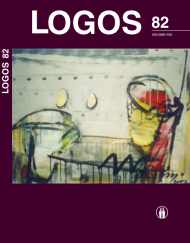Neformalioji komunikacija: gando sandaros struktūrinių elementų ypatumai ir sąveika
Informal Communication: The Elements of the Structure of the Rumor and Their Features
Author(s): Valdas PruskusSubject(s): Media studies, Social Philosophy, Philosophy of Language, Theory of Communication, Social psychology and group interaction
Published by: Visuomeninė organizacija »LOGOS«
Keywords: informal communication; rumor; social system; information; the recipient of the rumor; media;
Summary/Abstract: The article analyses three main structural elements: the content of the rumor (the subject, matter), the creator of the rumor (the distributor), and the user of the rumor (recipient). All elements are equally important. Nevertheless, each of the elements performs a unique independent role. Their identity and their interaction are revealed. Also, the context of the rumor is distinctive because of the futures which guarantee its vitality and attractiveness. They are impossible to check. Changes of information enable different interpretations of their urgency to a person, a social group or society. The essential sign of circulating information is its privacy. In other words it has to concern the private affairs of individuals, institutions andorganizations. On the one hand, the information given about private affaires has to be valuable to the person who gives it. On the other hand, the information has to contain the element of socially significant information which could interest surrounding people.
Journal: LOGOS - A Journal of Religion, Philosophy, Comparative Cultural Studies and Art
- Issue Year: 2015
- Issue No: 82
- Page Range: 171-180
- Page Count: 10
- Language: Lithuanian

